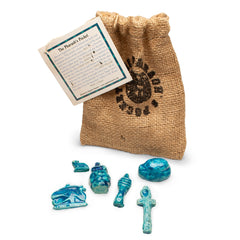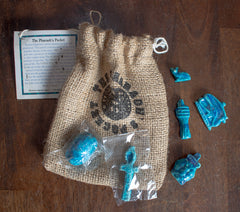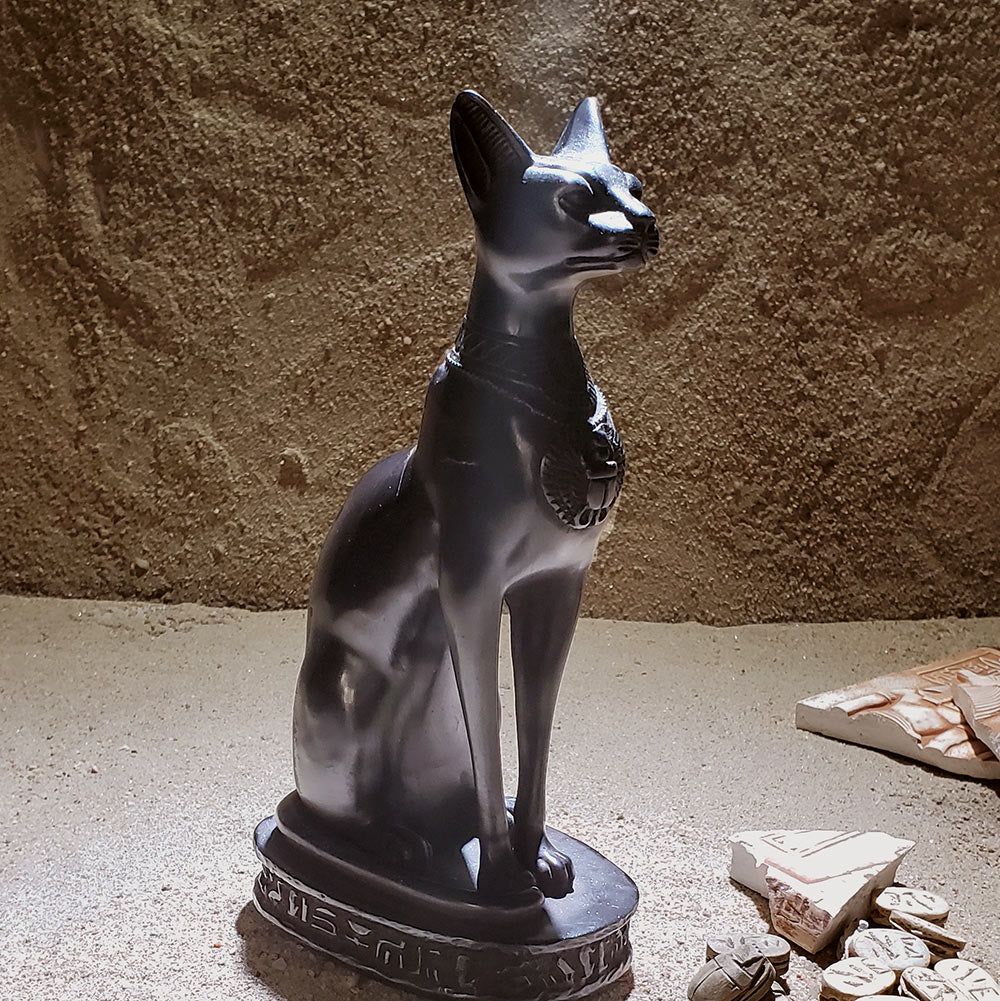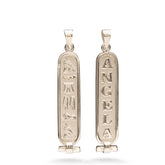





Pharoah's Pocket - Egyptian Protective Amulet Charms
- $ 21.40
- $ 21.40
- Unit price
- per
Ancient Egyptians carried charms for luck and protection. This pouch contains several of the most popular charms - reproduced in Egypt. Comes with six ceramic charms. This pouch is a perfect small gift for anyone with an affinity for Egyptian history! Learn about ancient good luck charms with this exciting set -- all items MADE in EGYPT!
- Sustainably crafted in Luxor, Egypt by skilled multi-generational artisans.
- Packaged in a small burlap sack with a drawstring.
- Includes Bastet, Ankh, Scarab, Djed Pillar, Udjet Eye, Bes
- Made of durable high-quality ceramics.
- Ages 12+
Free Standard US Shipping
Free standard shipping on US orders over $35.
You might also like...
Example product title
- $ 21.40
- $ 21.40
- Unit price
- per
Example product title
- $ 21.40
- $ 21.40
- Unit price
- per
Example product title
- $ 21.40
- $ 21.40
- Unit price
- per
Example product title
- $ 21.40
- $ 21.40
- Unit price
- per
Example product title
- $ 21.40
- $ 21.40
- Unit price
- per
Example product title
- $ 21.40
- $ 21.40
- Unit price
- per
Example product title
- $ 21.40
- $ 21.40
- Unit price
- per
Example product title
- $ 21.40
- $ 21.40
- Unit price
- per
Example product title
- $ 21.40
- $ 21.40
- Unit price
- per
Example product title
- $ 21.40
- $ 21.40
- Unit price
- per
Recently Viewed Products
Example product title
- $ 21.40
- $ 21.40
- Unit price
- per
Example product title
- $ 21.40
- $ 21.40
- Unit price
- per
Example product title
- $ 21.40
- $ 21.40
- Unit price
- per
Example product title
- $ 21.40
- $ 21.40
- Unit price
- per
Example product title
- $ 21.40
- $ 21.40
- Unit price
- per
Example product title
- $ 21.40
- $ 21.40
- Unit price
- per
Example product title
- $ 21.40
- $ 21.40
- Unit price
- per
Example product title
- $ 21.40
- $ 21.40
- Unit price
- per
Example product title
- $ 21.40
- $ 21.40
- Unit price
- per
Example product title
- $ 21.40
- $ 21.40
- Unit price
- per
- Choosing a selection results in a full page refresh.






